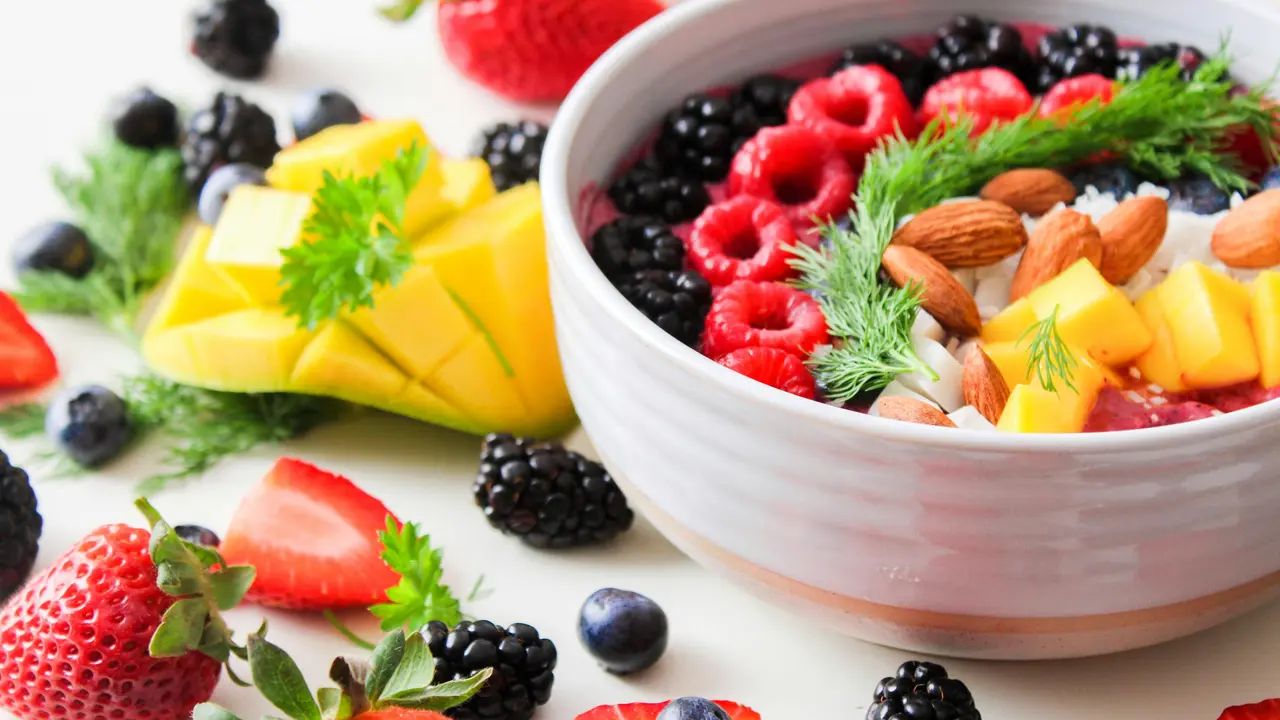Have you ever wondered what lies at the core of life itself? Understanding “what is the relationship between DNA codons and proteins” is a crucial step in unraveling the complexities of biological systems. In this article, we will explore how DNA codons serve as the building blocks for proteins, the roles they play, and why they are essential for all living organisms. Join us on this fascinating journey through the molecular world!
Understanding DNA Codons
What Are DNA Codons?
DNA codons are sequences of three nucleotides that represent the basic units of genetic coding. Each codon corresponds to a specific amino acid or signals the termination of protein synthesis. The sequence of nucleotides in DNA determines the sequence of amino acids in proteins, establishing a direct connection between genetics and biology.
The Genetic Code: A Mapping System
The genetic code is universal, meaning that it is largely the same across different organisms. This code consists of 64 codons, of which 61 encode amino acids and 3 serve as stop signals. This redundancy helps protect against mutations, as multiple codons can code for the same amino acid, ensuring that protein synthesis can continue even when errors occur.
- Start Codon: The codon AUG signals the start of protein synthesis.
- Amino Acid Codons: Each of the 20 amino acids is specified by one or more codons.
- Stop Codons: UAA, UAG, and UGA signal the termination of protein synthesis.
The Role of Proteins in Biological Systems
What Are Proteins?
Proteins are large macromolecules made up of long chains of amino acids. They play a variety of critical roles in living organisms, such as catalyzing biochemical reactions, providing structural support, and facilitating communication between cells. The diverse functionalities of proteins arise from their unique three-dimensional structures, which are determined by the sequence of amino acids that originate from DNA codons.
How Do Codons Influence Protein Structure and Function?
The relationship between DNA codons and proteins can be observed in the way that the sequence of nucleotides directly affects how proteins fold and function. The sequence of amino acids influences the protein’s shape, which in turn determines its activity in biological processes. Misfolded proteins, often resulting from mutations in DNA codons, can lead to diseases such as cystic fibrosis and sickle cell anemia.
The Process of Protein Synthesis
Transcription: From DNA to mRNA
The first step in protein synthesis is transcription, where a specific segment of DNA is copied into messenger RNA (mRNA). During transcription, the DNA molecule unwinds, and an RNA polymerase enzyme creates a complementary mRNA strand based on the DNA template. Each DNA codon in the template is transcribed into a corresponding mRNA codon.
Translation: From mRNA to Protein
The second step is translation, where the mRNA is translated into a protein at the ribosome. Transfer RNA (tRNA) molecules bring the appropriate amino acids to the ribosome, matching their anticodons with the mRNA codons. As the ribosome moves along the mRNA strand, amino acids are linked together, forming a polypeptide chain that eventually folds into a functional protein.
Mutations and Their Impact on Proteins
What Are Mutations?
Mutations are changes in the DNA sequence that can occur naturally or be induced by environmental factors. These changes can affect DNA codons and, consequently, the proteins synthesized from them. Mutations can be classified into several types:
- Point Mutations: A single nucleotide change, which may alter one codon.
- Insertions and Deletions: Addition or loss of nucleotides, potentially leading to frameshift mutations.
- Silent Mutations: Changes that do not affect the amino acid sequence.
- Missense Mutations: Changes that result in the substitution of one amino acid for another.
- Nonsense Mutations: Changes that create a premature stop codon, truncating the protein.
The Consequences of Mutations on Protein Functionality
Mutations can have varying effects on protein functionality, from benign to deleterious. Some mutations may result in proteins that function normally, while others can lead to loss of function or gain of harmful properties. Understanding the relationship between DNA codons and proteins is essential for advancing genetic research and medical therapies.
Applications of Understanding DNA Codons and Proteins
Biotechnology and Genetic Engineering
A deep understanding of how DNA codons relate to proteins has paved the way for many biotechnological applications. Techniques such as CRISPR-Cas9 allow scientists to edit DNA sequences, potentially correcting mutations at the level of codons to treat genetic disorders. This opens new avenues for precision medicine and therapeutic treatments.
Proteomics: The Study of Proteins
Research in the field of proteomics— the large-scale study of proteins—benefits immensely from insights into DNA codons. By understanding the links between genetic information and protein expression, scientists aim to uncover new biomarkers for diseases, develop novel drugs, and improve agricultural practices through genetic modifications.
Conclusion
In summary, the relationship between DNA codons and proteins is fundamental to understanding the molecular mechanisms of life. From the coding of amino acids to the synthesis of proteins, codons play crucial roles in defining the structure and function of proteins. As we continue to explore these relationships, we unlock the potential for groundbreaking advancements in healthcare, agriculture, and biotechnology. If you found this article enlightening, consider sharing it with others or exploring more content about genetics and molecular biology!
Protein – Recent Articles
- Unlocking the Mystery: Which Organelle Assembles Proteins?
- Does Honey Break Down Protein? Find Out the Surprising Truth!
- How Much Protein in 2 Slices of Pepperoni Pizza? Find Out!
- How Does Costco Pizza Have So Much Protein? Find Out Here!
- How Much Protein Is in a Pound of Beef? Discover the Facts!
Protein – Useful Links
- Harvard T.H. Chan — The Nutrition Source: Protein
- Nutrition.gov — Proteins
- USDA FoodData Central
- Protein Information Resource (PIR / UniProt related resource)
- HelpGuide — Choosing Healthy Protein
